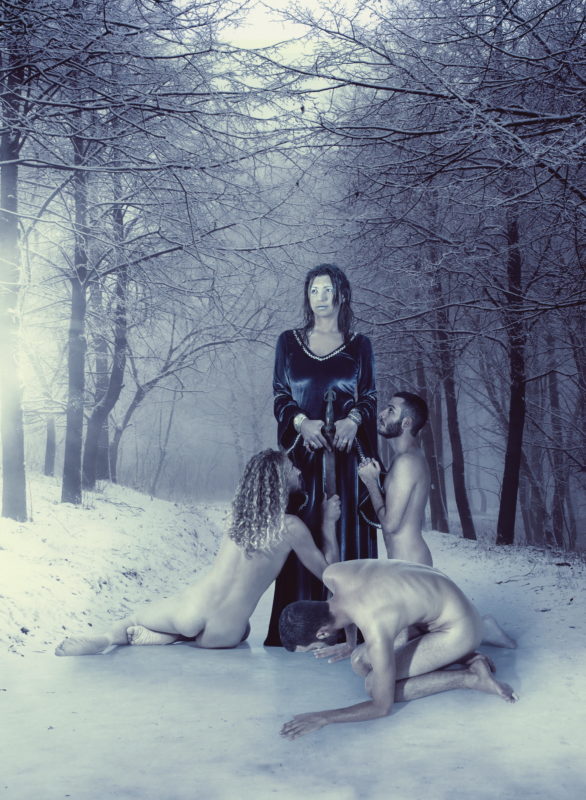EROTIC & NUDE PHOTOGRAPHY
A LITTLE BIT OF HISTORY

Copyrights To Igor Zeiger© All Rights Reserved
The origins of the history of nude Photography lie in the so-called “academies “, which provided painters, graphic artists, and sculptors with study objects in the 19th century and which followed the historical, artistic models of Classical Antiquity and the Renaissance. Nude Photography soon increasingly became emancipated from being a mere model for painting and sculpture and developed artistic ambitions of its own: photographers discovered in the art of the fin de siècle, with its debt to Symbolism, the nude as a reflection of emotional states and yearnings. In the outgoing 19th century, with its bias towards the exact sciences, the human body served as an object for the study of movement.
Whereas historically staged scenes and compositions are still created in the atelier’s sheltered environment at the beginnings of Photography, we find the first open-air nudes after 1870. Wilhelm von Gloeden, Guglielmo Plüschow, and others took advantage of the light in the Mediterranean South to stage their visions of an earthly Arcadia. As a feature of the Lebensreform back-to-nature movement, which gained ground from the turn of the century onwards, especially in Germany, nude Photography became a torchbearer of the Naturist movement.
The ornamentally arranged groupings of naked dancers which Gerhard Riebicke. For example, photographs, mainly in the German countryside, became a symbol of liberation from civilization’s moral constraints and industrialization. The aesthetic of athletic bodies engaged in sporting activities or dancers in motion was taken up in the National Socialists’ heroic physical ideal. It can later still be found in the cult of bodybuilding.
A new, more radical vision was developed by the Avant-garde movements after the 1920s, with their abstract and surrealistic experiments, such as the stories narrated in a play of light and shadow by František Drtikol or the deformed bodies in the works of Hans List. The theme of “glamour “plays a crucial role above all in fashion photography. That chapter poses the question of what role is played in the debate on fashion by showing the unclothed female body, by male desire and how perceptions change in the course of cultural history. Glamour can be seen in the erotic images from the Atelier Manassé, shown in soft focus, in Bert Stern’s portraits from the “last sitting” of Marilyn Monroe, up to and including Helmut Newton’s photos.
In addition to these, selected works by amateurs as well as the male nude as an expression of gay emancipation will also be presented in pictures, particularly by Will McBride or Herbert Roettgen, who placed the representation of the naked male body in the focus of their work as an expression of their homosexuality, an emblem of their coming-out.
The photographic artists of the 1970s, working within the framework of body art and performance events, declared their own physical experience’s directness to be a political necessity. In retrospect, their work can be seen as a last desperate attempt to grapple with the vanishing concept of the subjective personality before the transition to the post-modern age. Meanwhile, the private spaces of life are also illuminated in a quite different way than 25 years ago.

